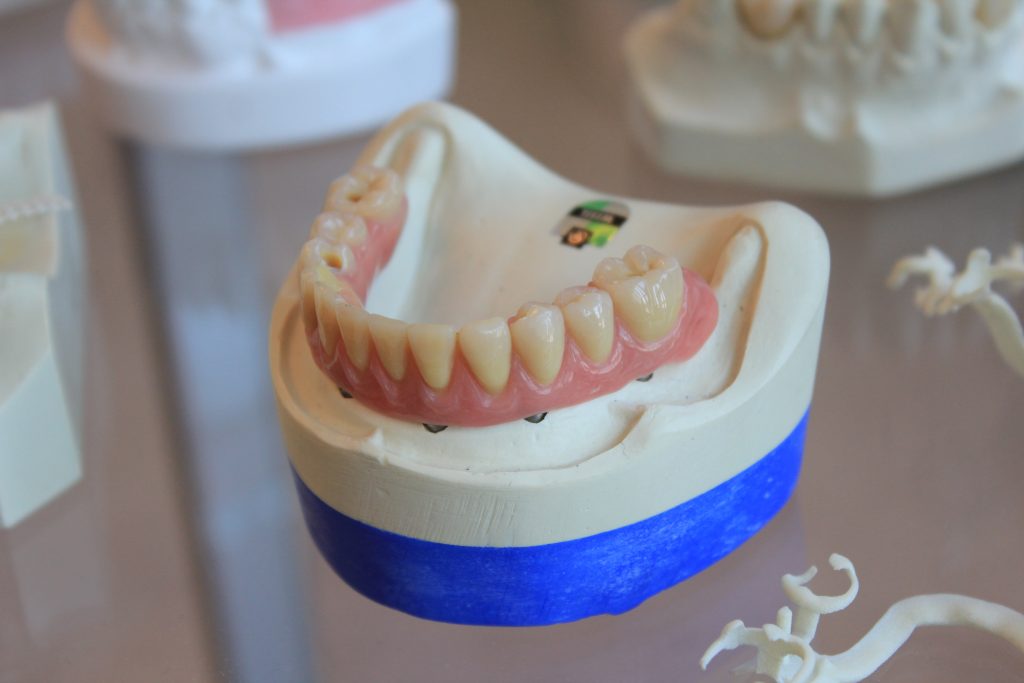Going to the dentist in the twenty-first century looks nothing like it did just two decades ago. The patient is now the main focus and everything technologically is being used to make the dental experience like “just another day in the office!” Losing a tooth or teeth is still a traumatic event but the latest dental science and technology make it a lot easier and to get a prosthetic replacement that looks and feels like the real thing. Dental implants Navan have been developed so much since they first made an appearance in the nineteen fifties.
Adapting to missing teeth a thing of the past!
Missing teeth were usually replaced with dentures and bridges but the latest inventions and developments have revolutionised how lost teeth are replaced. Dentures require an adhesive to remain in place and a bridge requires the support of surrounding teeth to remain in place. Dental implants on the other hand work in the same way as our natural teeth by being firmly set into the jawbone, avoiding the need for any adhesive or supporting teeth. In some cases a missing tooth meant having to change diet to avoid those foods which required a lot of chewing.

Dental implants aiding overall health
Losing a front tooth due to an accident or dental decay can be depressing and may make a patient feel too embarrassed to even smile. Dental science embraced the latest technology to produce a replacement tooth that not only looks and feels like a normal tooth but does the job of chewing just as well as a normal tooth. Using the latest computer technology means that scanning of the entire interior of the oral cavity provides a more detailed view. In addition by using computer aided instruments it is possible to place the titanium implant, which acts as the root of the new tooth, in exactly the correct position. Advances in bone grafting have resulted in patients who were previously ineligible now becoming eligible for dental implants.
Dental implants procedure
A small amount of surgery is required as it is necessary to make a small incision in the gum to expose the jawbone. To create a stable base, just like our natural tooth root, it is necessary to drill a small hole into the jawbone. A titanium post is inserted into the hole. Titanium is used because it fuses effortlessly with the human bone tissue creating that stable base. A healing period of up to eight weeks is required before the next stage can be completed. An abutment is inserted into the post to provide a sturdy and secure platform for the crown to be placed onto. The crown is moulded and coloured expertly to match the patient’s existing teeth making the prosthetic tooth blend in with the surrounding teeth. Once the crown has been placed a period of a few weeks is required before returning to eating and chewing normal food. This is to allow the dental implant and crown to settle.
Can more than one tooth be replaced?
Advances have made it possible to replace one to four teeth in a row on the same single dental implant. It is also possible to replace an entire mouthful of teeth with just four dental implants.






